I Take This Personal – Women’s Leadership – Part 1
I’ve always found myself drawn to advocacy of groups that are often under-represented so it was no surprise that I ended up in the profession of diversity and inclusion. As a Diversity and Inclusion practitioner, I receive speaking engagement invitations on occasions. The opportunities that I am really passionate about are those where I am able to share my personal stories and reflections that empower women and populations that are often in underserved communities. For this reason, I wish to dedicate my next three blog posts to a topic that I spend a lot of time thinking about…leadership and empowerment. Empowering women is a passion and leadership is a lifelong study and pursuit of mine. Literally, 60% of my personal time right now is consumed with literature, studies, panel discussions and dissertation research related to leadership. I am currently working on my doctorate in management and organizational leadership and my dissertation research relates to board diversity – specifically the disparities of women and minorities on boards and in senior level positions. Usually when I do these talks, I am asked about handouts and presentation decks, etc., but I typically don’t use those tools with this subject. This topic is personal for me. I always wish to create an atmosphere that will foster intimate conversations in a safe environment. I find that these discussions are more meaningful when kept informal. What I’m finding is that the facts do not paint a pretty picture. In fact, the data uncovers that we have a lot of work to do to even the playing field and allow women to advance in leadership in greater numbers.
In this three part blog series, I’m going to give you some statistics, share reasons for the disparity, underscore real application that can make a difference, (things you and I can do starting today), and explain why it all matters (unfortunately, it is necessary to explain to some). In this post, I start with the statistics and reasons for the disparity based on the numerous articles and research I’ve encountered throughout my studies. Brace yourselves.
The Facts:
- Only 17% of Fortune 500 boards include women members (73% are men)
- Women hold only 15% of the seats on corporate boards and 14% percent of those on executive committees in the United States
- Only 18% of entry and midlevel women have aspirations for a C-suite position compared to 36% of men
- Of the CEOs of Fortune 500 companies only 3.6 % are women, which represents a total of 18
- According to the Catalyst study results, in 2011 and 2012 two-thirds of Fortune 500 companies did not have any women of color serving on their boards
- In order for a women’s voice to truly be effective on a board, there must be at least three women, which reinforces the woman’s perspective – otherwise, less than three is more or less a “token number of women.”
The Reasons for the Disparity:
- Expectations of women as are simply lower than of men; therefore women often get overlooked
- Perceived shortage of qualified ethnic and women board directors
- Lack of value of diversity and how to best leverage diversity – exclusive culture
- Exclusion from networks and conversations that open doors to further development and promotion
- Contributions of women are under appreciated, particularly in comparison to male counterparts
- Gender biases
- Double standards – men are seen as tough – good effective leaders, and women are viewed as pushy and overbearing
- Institutional biases – men are reluctant to give women the tough feedback that everyone needs on their way to the top, fearing that sponsoring women might seem inappropriate, or they simply find it difficult to do so.
- Lack of support such as sponsors and advocates. Lacking these sorts of networks that come more easily to men, many women miss out on discussions with sponsors who might encourage them and create opportunities for them.
The C-suite jobs tend to involve more pressure and less flexibility, which can be less appealing to women forming families or opting for greater control over their lives.
The lack of strong and consistent woman-to-woman support. Women we can be our own demise if we aren’t taking and creating opportunities to both publicly and privately advocate for other women.









Burnout by Budget: How Financial Stress Creates Emotional Fragility in Leaders & What to Do About It






